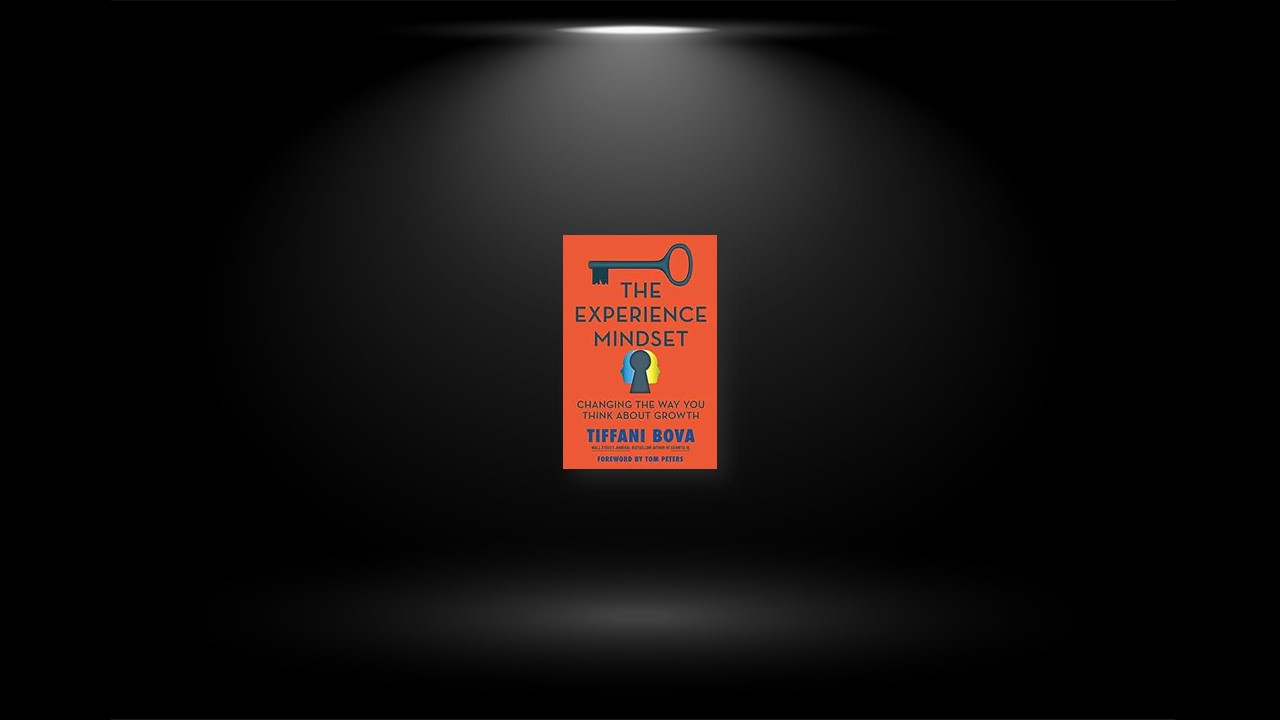Customer Experience
The customer experience is better than ever . . . except when it isn’t. And given the inflation of customer expectations for ever less effort and ever better support, those negative encounters are likely to only grow more common—no matter how great the fortunes companies spend on CX.
As competitive advantage is increasingly defined by the experience you provide rather than the products or solutions you sell, solving customers’ needs through innovative solutions is paramount.
Long-term success will only come from creating frictionless and seamless interactions between employees and customers by decreasing the amount of effort both need to put into those interactions.
Employee Experience
Companies have known about the pain points of employees for decades. They recognize that the lack of investment in systems and tools increases the effort it takes for employees to do their jobs. Instead of working on these problems, they let working harder—not smarter—become the default solution.
If a company reduces customers’ efforts by removing steps they need to take to buy a product or receive customer service, but those steps are then pushed over to a sales or customer service representative, there is no net benefit. CX and EX initiatives have to work in tandem, reducing effort for both sides.
Instead of enacting top-down mandates directed at employees without regard for what they want or need, businesses must see themselves as in service for them. It’s no longer enough to win at CX alone. You must also win at EX, which is no more or less than the sum of every employer–employee interaction.
The Big Research Findings
The tension between CX and EX is real. There is an urgent need to prioritize EX and shore up the lag in dedicated EX resources, systems, and processes. Furthermore, metrics and accountability for EX must be created and cross-functional ownership of EX must take place at the highest levels of company leadership. Otherwise, employees will continue to feel they aren’t an important part of a company’s success.
The leadership-employee divide on engagement, happiness, and growth opportunities is resulting in millions of people leaving jobs for the promise of something better. To avoid this fate, you must determine where the disconnect between executive assumptions and employee experience exists, especially when it comes to those elements that create a sense of employee empowerment and drive CX.
Success can’t be achieved on the backs of employees without recognition and rewards for their hard work. Not if you expect to keep them, at least. So, forget the antiquated notion that growth and revenue translate to employee happiness—you must make the proper investments, guided by your employees and proper C-suite representation, if you expect to get the best out of them.
The Experience Mindset
The Experience Mindset approach aims to make sure both CX and EX are represented in the boardroom and beyond, taking them out of their separate silos and integrating them into one whole. The goal of this new corporate mindset is to serve customers better, beginning with the group described as “internal customers”, your employees.
One-sided improvement is one step forward, one step back. A cohesive, exponential revenue growth strategy is only possible through a decision-making approach dedicated to improving experience across the board for all stakeholders, internal and external.
The ultimate goal should be to ensure alignment between the efforts and expectations of employees and the customers before settling on a solution to any problem. You must take into account the implications, good and bad, to each constituency everywhere and always. Though you may not be able to benefit both equally all the time, you can strike a fair balance.
People: The Heartbeat of Business
People look for purpose at work. They want to feel part of something great, supporting values they believe in. When they do, they are more inclined to learn new skills they can apply to their jobs and become well-rounded, developed professionals who can use their experience in meaningful ways. This development is often a result of handling challenges, which they welcome.
Money and perks might make people feel better in the moment, but they won’t buy happiness. In the long run, it’s more personal than that. At a minimum, HR, marketing, and IT will need to partner on this journey to develop the way forward—not just at the leadership level but within the entire company.
As a whole, businesses need to do a better job providing for the people who work for them and serve their customers—or they will be stuck with unhappy employees serving unhappy customers. The real goal should be finding what matters most to your employees in order to generate their commitment and engagement.
Process: Don’t Blame the People, Blame the Design
Data collection is critical to help companies identify broken and unnecessary processes for both EX and CX. Analyze what both employees and customers are doing during those moments that matter and find areas where you can begin to build bridges between the internally and externally facing processes.
The biggest threats to the long-term survival of most companies are inertia, organizational complexity, and bureaucracy. Companies that integrate what they’ve learned from process improvement to enhance CX and apply it toward improving EX will be able to combine the best of both worlds.
Technology: Productivity and Experience, Two Sides of the Same Coin
Executives, managers, people leaders: spend time in the call center, go on sales calls, and log in to the CRM and customer service systems so you can have a firsthand appreciation of your employees’ experiences using technology at work.
Take an inventory of what tech is currently deployed to determine where you can reduce redundancy. Whenever you find two or more apps that essentially serve the same purpose, ask yourself: Do I need them all? Then choose the best to keep.
Don’t stop there: integrate systems with the other apps you’ve culled out to save. After identifying areas for improvement, consider potential technology solutions that could apply. These may include automation, application program interface (API), and data integration. Whatever you decide on, updated processes must then be deployed.
Culture: An Era of Experience
A company’s culture is the supporting mechanism for every decision and every strategy.
For a positive culture to flourish, your stakeholders must believe in what the company is doing. Everyone has to rally around common goals. There will always be stragglers, but if the majority of your organization isn’t on board, you have a serious culture problem to solve.
Prospective employees look for a company culture that is inclusive, promotes diversity, and provides a space where employees feel listened to and empowered to be themselves. People want to feel like their work matters, and a supportive culture is the best way to make that happen.
Using Metrics to Understand and Improve CX and Ex
When businesses realize they’re falling short in delivering great employee and customer experiences, they tend to make the same mistake: they set out to “fix” the problems without really knowing why they are coming up in the first place.
The unintended consequence of a misaligned metric is the wrong behavior and a poor experience for both sides. The appropriate metrics must be aligned to balance what is good for the employee, what is good for the customer, and what is good for the company as a whole.
Since different groups often capture unique employee satisfaction and productivity data, it’s prudent to start with a comprehensive, cross-functional data collection, aggregation, and analysis strategy before you get too far down the EX metric road.


